If you’re a plant lover and enjoy gardening, you must have owned a garden at home. Sometimes, you must have noticed discoloration of the leaves of a few plants or the leaves turning white. Have you wondered why? The reasons are quite a few and have been explained ahead in this post.
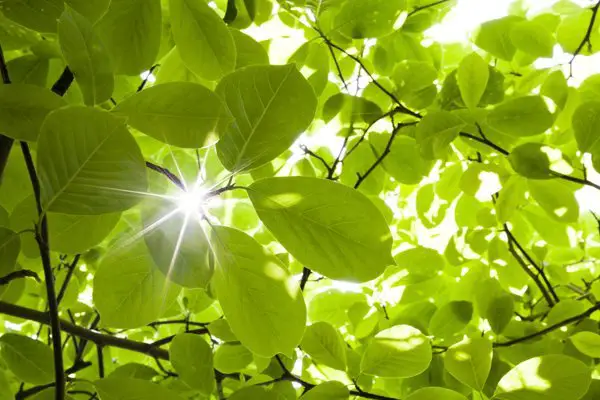
Continue reading this post till the end to find out all possible reasons why leaves start turning white. It will also take you through the suitable solution for every cause. Follow the process of every solution mentioned below properly to get the best results.
Why are leaves turning white?
Leaves turning white are often referred to as discoloration of leaves. Some of the most common reasons for this problem can be:
1. Lack of light
Sunlight is very important for plants. Some plant species can thrive in lower sunlight exposure too but, some plants need a lot of direct sunlight to grow properly. Due to the absence of sunlight, your plants may not grow as they should. This can also lead to their poor health which can further cause discoloration of leaves.
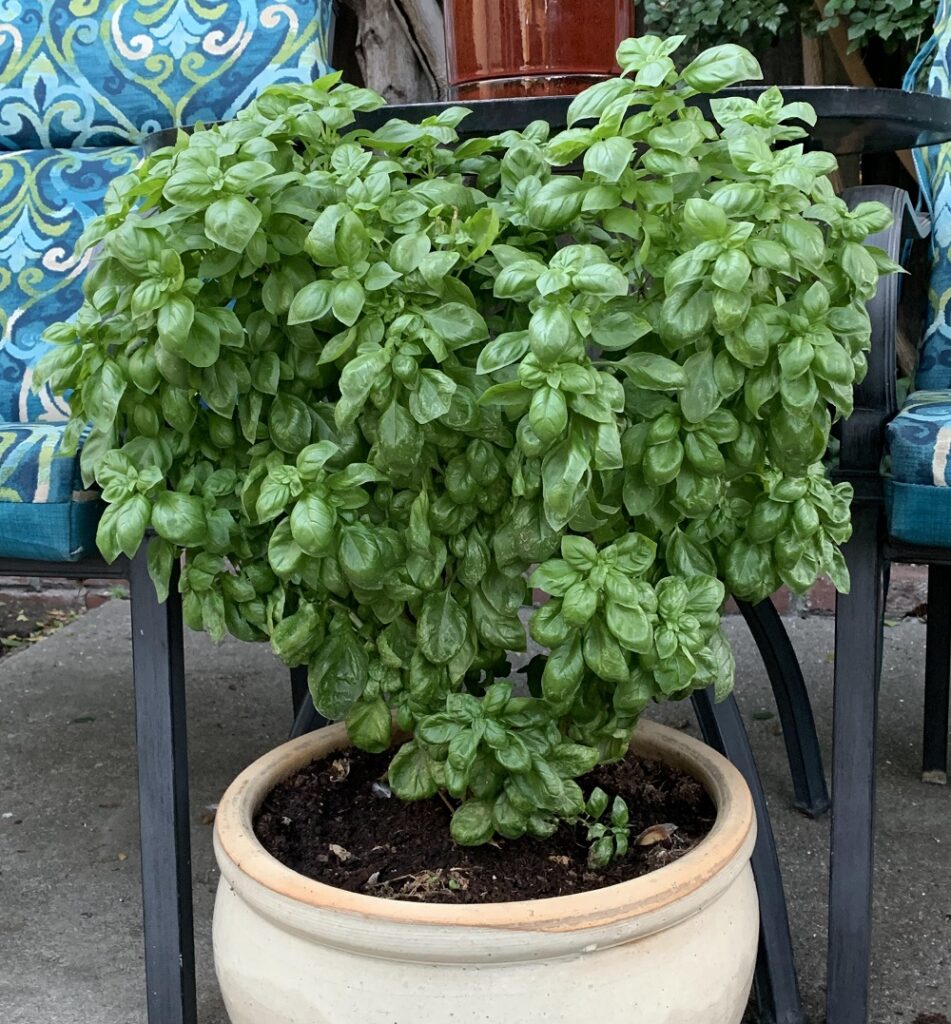
Solution
Keep your indoor plants in sunlight for almost 6-8 hours every day. Make sure that they can get direct sunlight at least 6 hours a day. In the case of indoor plants, you can place them close to a window or balcony where sunlight enters properly.
2. Ozone damage
Ozone is an air pollutant that is very harmful to plants. It is released when O2 molecules get stroked by UV rays and nitrogen oxides. O3 is spontaneously generated. It gets into the opening of the leaf known as the stomata. Then, it burns the plant tissues in the respiration process.
The severity of damage is often dependent on ozone concentration, the duration for which it affects the plant, and the sensitivity of the plant. There are times when the damage can cause lesions in the form of white, dark brown or tan-like spots. Another sign of ozone damage is due to bleaching of the surface of the upper leaf.
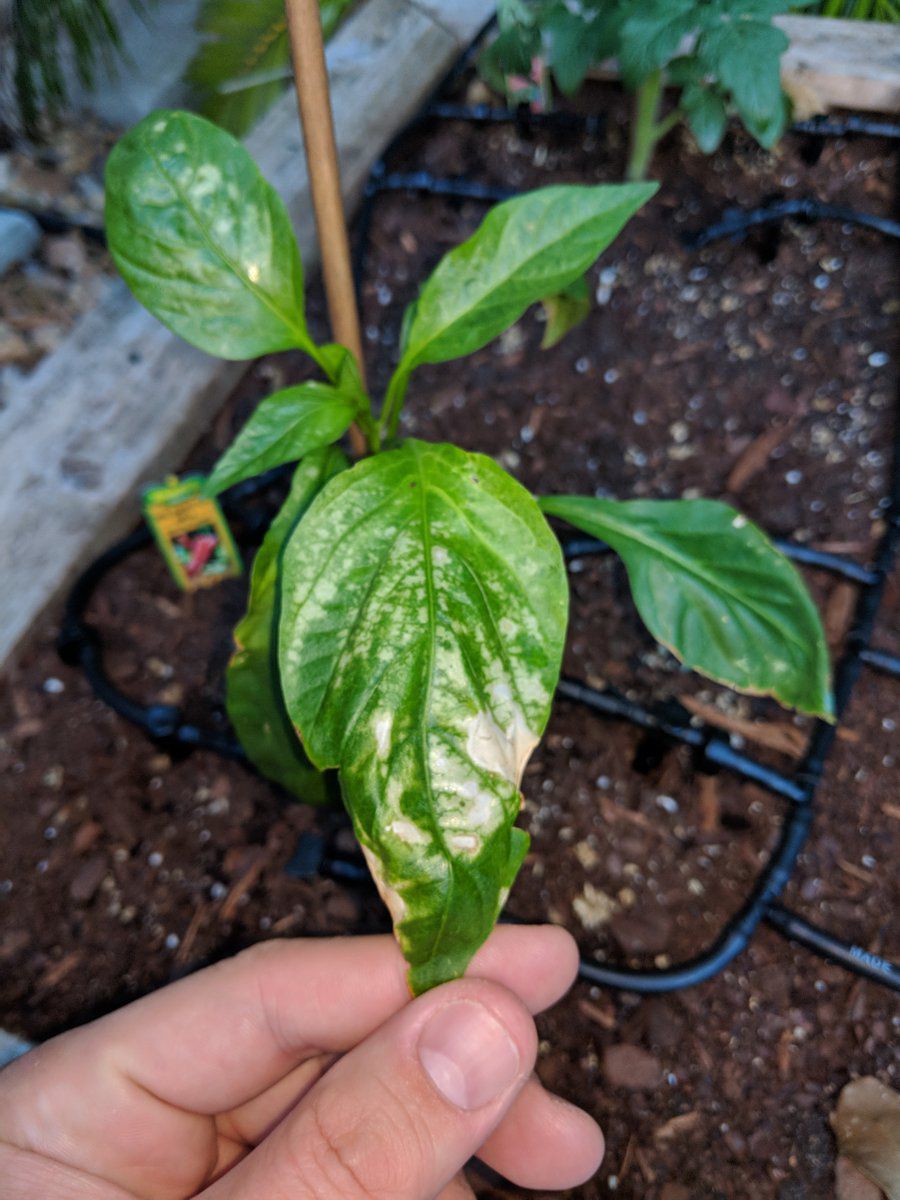
Solution
Unfortunately, ozone damage can’t be treated. But, you can use various prevention measures to prevent such damage. Usually, if you keep all your plants in good health throughout the year, they can become more damage resistant than the rest of the plants. Ensure that you keep watering your plants properly in the drought periods. Fertilize only as much as needed. Use the most suitable soil. Also, make sure that the soil is well-draining.
3. Powdery mildew
Powdery mildew is a very common fungal disease. It leads to a powdery white or grey coating on leaves as well as stems of plants. Several types of fungi can be responsible for powdery mildew. Initially, it appears like a few spores on leaves and then it rapidly spreads to cover the entire plant surface.
It can affect several garden plants such as blackcurrants, apples, strawberries, apples, grapes, and other vegetables like zucchinis, marrows, etc. It is a major concern when you grow cereal crops. Powdery mildew is known to cause very little damage but it can lead to the dropping and yellowing of leaves.
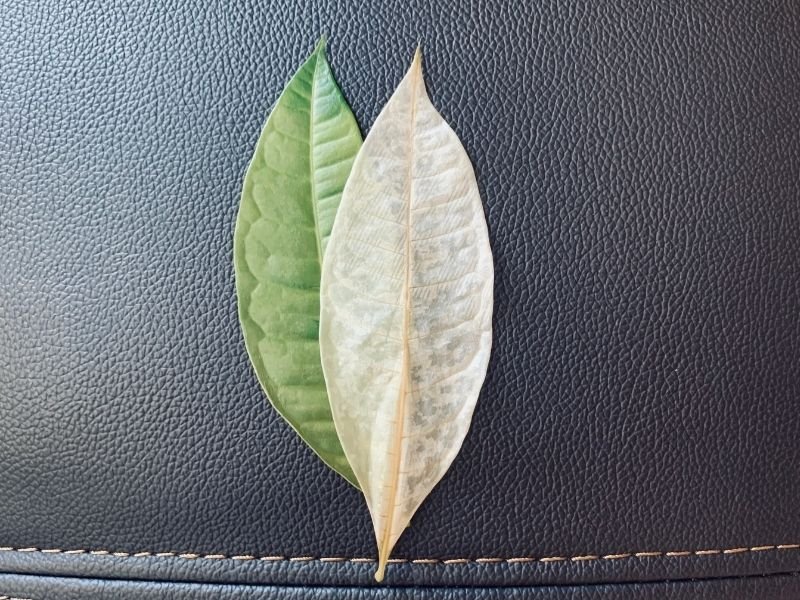
Solution
Chemical-based fungicides are often used to treat powdery mildew as it affects the surface of your plant. Opt got an organic fungicide and spray them on all edible crops. Also, remember that powdery mildew grows well in hot climate conditions so you must manage the leaf moisture and humidity. Choose a good location to plant the crops. The area must have high exposure to sunlight. Provide ample space between plants to make sure there is a good movement of air between the plants.
4. Etiolation
When plants thrive in partial or no light, they start stretching to receive as much light as they can. The elongation that takes place in the plant stems which grow in dark areas is referred to as etiolation. This process can increase the chances of the plant getting sun exposure. The indoor plants kept in low light often show leggy growth and long and weaker stems. Also, leaves and stems look pale mostly yellow or white.
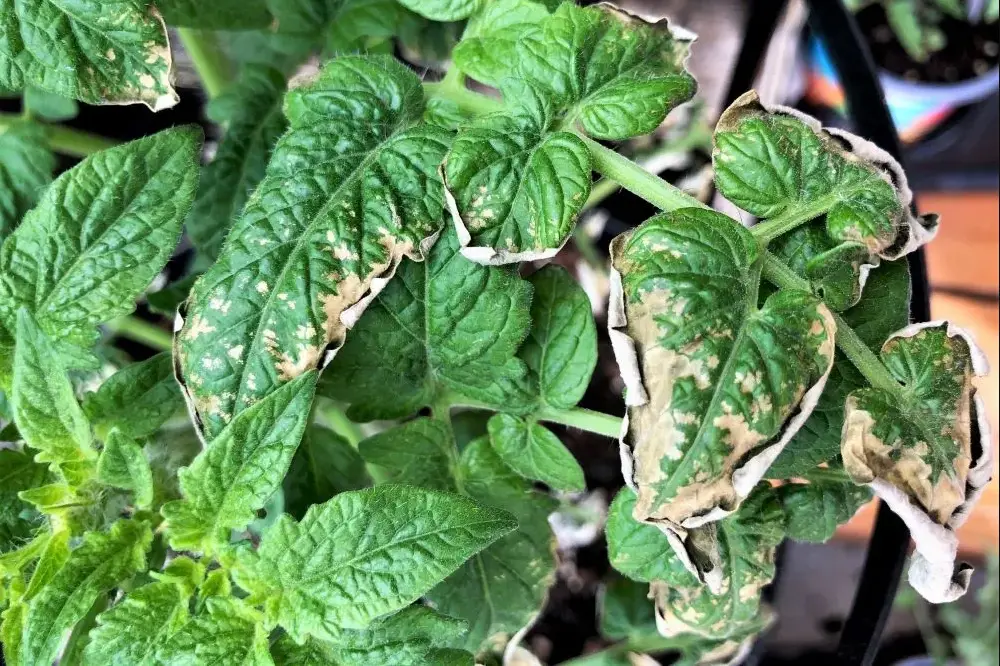
If you keep household plants close to each other, it may lead to etiolation. Also, if the plant overgrows or is kept in low light, it will start stretching to get light from any window nearby. Shifting the plant to a brighter area will solve this concern.
Solution
To stop etiolation, you must choose a place that can provide sufficient light to your plants. Also, check the soil to ensure whether it has all the required nutrients in a soil testing laboratory. Ensure that you get the soil pH tested to make sure it’s not very alkaline. Get a 3-in-1 soil testing meter to check the pH levels of soil and the intensity of light.
Also, allow appropriate space in between your plants, regardless of whether you grow them indoors in a youth garden or greenhouse. Keep pruning your plants regularly as it will ensure that there’s better sunlight penetration to the surface of your plants.
5. Chlorosis
This happens due to the lack of chlorophyll in the plants which grow in dark. Chlorophyll is a pigment that makes leaves green. A phenomenon in which leaves are unable to produce an ample amount of chlorophyll is known as chlorosis. The factors which cause chlorosis can be damaged roots, poor drainage, compacted roots, nutrient deficiency, and high alkalinity.
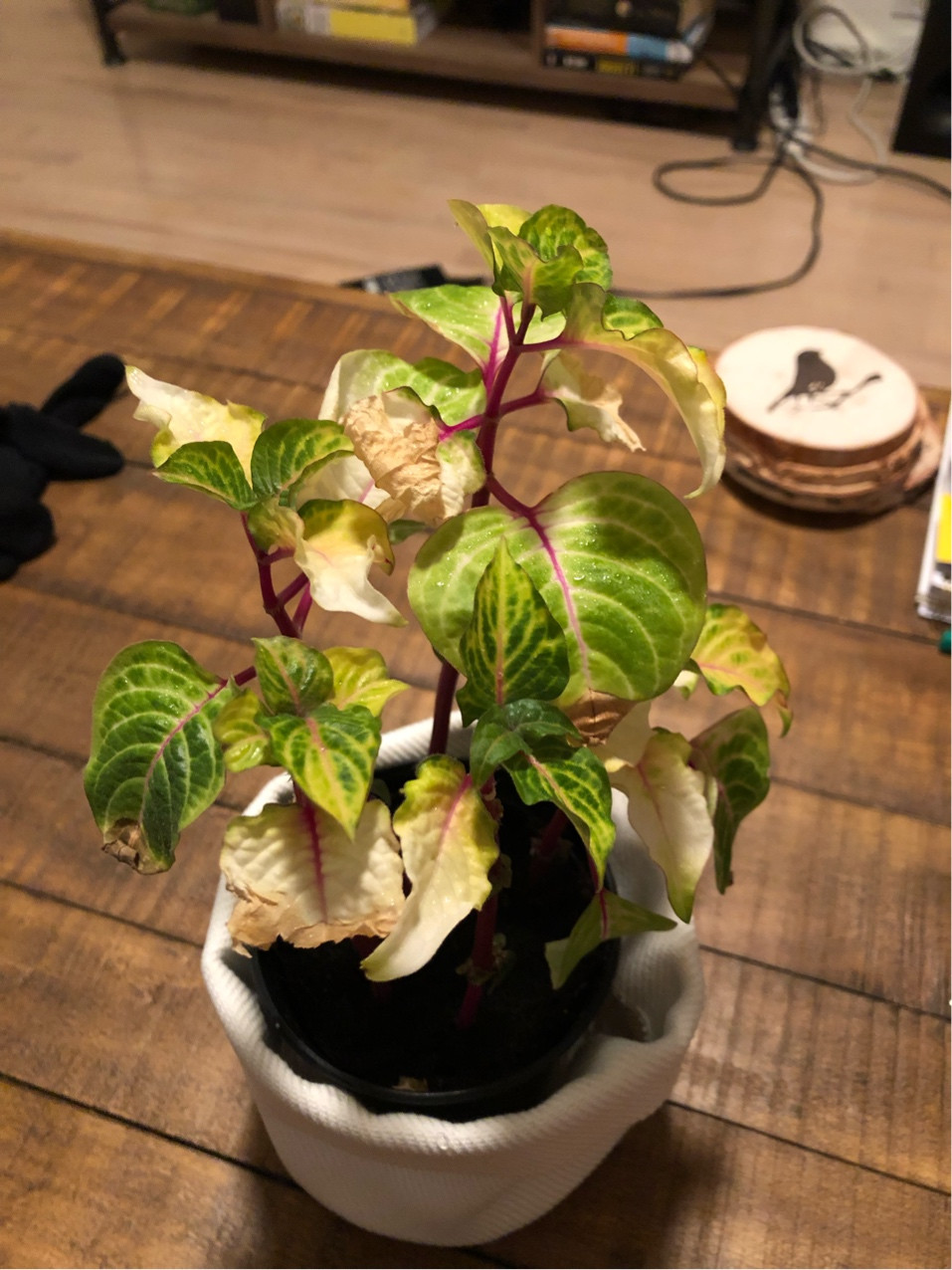
Solution
To prevent chlorosis you need to make sure that your plants get adequate sunlight. Sunlight is one of the most important requirements of all plants in the process of photosynthesis. Keep your plant as near to sunlight as possible.
Conclusion
These are some of the most common causes why leaves may start turning white. Mostly, leaves start turning white due to the factors mentioned above. However, if you notice discoloration of the leaves of your plants, make sure to take proper measures as soon as possible.

![5 Causes of Leaves Turning White [Control & Prevention]](https://www.plantsofmerit.org/wp-content/uploads/2022/08/5-Causes-of-Leaves-Turning-White-Control-Prevention.jpg)